Home>Home Appliances>Home Automation Appliances>What Does Alexa Record
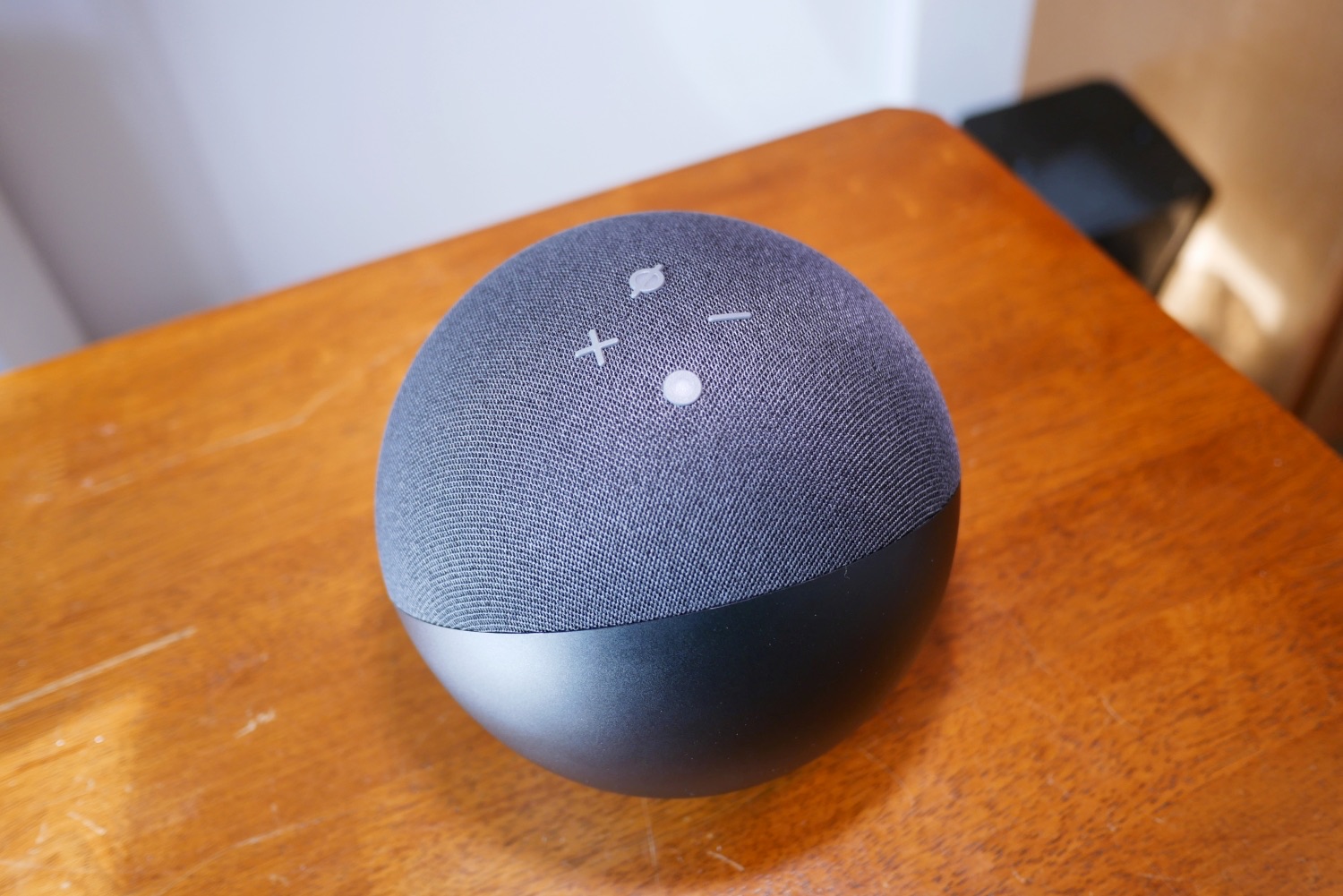

Home Automation Appliances
What Does Alexa Record
Published: January 1, 2024
Discover what Alexa records and how it impacts your privacy. Learn about the potential risks and benefits of using home automation appliances.
(Many of the links in this article redirect to a specific reviewed product. Your purchase of these products through affiliate links helps to generate commission for Storables.com, at no extra cost. Learn more)
**
Introduction
**
Welcome to the world of smart home technology, where devices like Amazon's Alexa have become ubiquitous. These voice-activated virtual assistants have revolutionized the way we interact with our homes, providing convenience, entertainment, and information at our beck and call. However, as with any technology that listens and responds to our commands, concerns about privacy and data security have emerged.
In this article, we delve into the inner workings of Alexa, shedding light on what it records and how it handles our personal information. We'll explore the potential privacy implications and provide actionable steps to safeguard your privacy while enjoying the benefits of this cutting-edge technology. So, let's embark on a journey to demystify Alexa and empower you to make informed decisions about your privacy in the age of smart home assistants.
**
Key Takeaways:
- Alexa records audio when it hears its wake word, but users can protect their privacy by managing voice recordings, reviewing privacy settings, and staying informed about privacy updates.
- Users can take control of their privacy with Alexa by enabling voice PIN for purchases, limiting third-party skills, and monitoring their activity to ensure data security and privacy.
Read more: How Does Alexa Record Conversations
How Alexa Works
**
Alexa, the virtual assistant developed by Amazon, operates through a combination of sophisticated hardware and cloud-based artificial intelligence. The device itself consists of an array of sensitive microphones that constantly listen for the wake word – typically “Alexa,” but customizable to other options such as “Echo” or “Amazon.” When the wake word is detected, the device begins recording the following audio for processing.
Once activated, the recorded audio is transmitted to Amazon’s servers, where it undergoes natural language processing and other machine learning algorithms to decipher the user’s commands or queries. Alexa then formulates and delivers a response, executing tasks such as playing music, controlling smart home devices, providing weather updates, setting reminders, and more.
It is important to note that while Alexa continuously listens for the wake word, it does not transmit any audio to the cloud until the wake word is detected. This “always-on” nature of the device raises privacy concerns, as users may worry about unintended recordings or unauthorized access to their private conversations.
Understanding the inner workings of Alexa is crucial in comprehending what data is captured and how it is processed. By gaining insight into these mechanisms, users can make informed decisions about their privacy and take proactive steps to mitigate potential risks.
**
What Alexa Records
**
When the wake word triggers Alexa, the device starts recording the audio that follows. This recorded snippet of speech is then transmitted to Amazon’s servers for analysis and action. The content of these recordings varies widely, encompassing a spectrum of interactions, commands, questions, and ambient sounds within the device’s vicinity.
While the primary focus is on capturing and processing user commands and queries, it is essential to recognize that Alexa may inadvertently record snippets of conversations or background noises. These recordings, though not intended for analysis or action, are stored temporarily before being deleted. However, the potential for unintended recordings raises valid concerns about privacy and data security.
Moreover, Alexa retains a log of interactions, including the queries posed to the assistant, commands given, and the subsequent responses provided. This log is instrumental in refining Alexa’s performance and tailoring its responses to individual users. However, it also raises questions about the extent of data retention and the implications for user privacy.
Additionally, Amazon may use these recordings and interaction logs to improve the accuracy and functionality of Alexa, as well as to personalize the user experience. This may involve analyzing the data to understand user preferences, refine language processing algorithms, and develop new features. While these endeavors aim to enhance the user experience, they underscore the need for robust privacy safeguards.
Understanding the scope of what Alexa records is crucial for users to assess the potential privacy implications and make informed decisions about integrating this technology into their homes. By comprehending the nature of the recorded data, users can take proactive measures to protect their privacy while leveraging the benefits of a smart home assistant.
**
Check your Alexa app settings to review and delete your voice recordings. You can also enable the “delete voice recordings” voice command to easily manage your privacy.
Privacy Concerns
**
As the capabilities of smart home devices like Alexa continue to expand, so do the associated privacy concerns. The always-on nature of these devices, coupled with their ability to record and process audio, has sparked apprehension among users and privacy advocates.
One of the primary concerns revolves around the potential for unauthorized access to recorded audio. While Amazon asserts that the device only transmits audio to the cloud after detecting the wake word, instances of unintended activations and recordings have been reported. This raises fears about the inadvertent capture of sensitive or private conversations, posing a threat to user privacy.
Furthermore, the retention and utilization of interaction logs and recordings for algorithmic refinement and personalization purposes raise questions about data security and user consent. Users may be uneasy about the prospect of their conversations and commands being stored, analyzed, and potentially used for targeted advertising or other purposes without their explicit consent.
Another pertinent issue is the potential for third-party access to Alexa data. Integrations with third-party skills and services introduce additional complexities in data security and privacy. While Amazon imposes stringent guidelines on third-party developers, the possibility of data breaches or misuse remains a valid concern.
Moreover, the evolving regulatory landscape and the ambiguities surrounding the legal frameworks for protecting user data in the context of smart home assistants contribute to the overall privacy apprehensions. Users may feel uncertain about their rights and the extent to which their interactions with Alexa are safeguarded under existing privacy laws.
These privacy concerns underscore the need for proactive measures to mitigate potential risks and safeguard user privacy in the era of smart home technology. By addressing these apprehensions and taking decisive actions, users can harness the benefits of Alexa while preserving their privacy and data security.
**
Steps to Protect Your Privacy
**
Empowering yourself to protect your privacy while using Alexa involves a combination of informed decision-making, proactive settings adjustments, and a critical assessment of your interactions with the device. Here are actionable steps to enhance your privacy:
- Review Privacy Settings: Begin by reviewing the privacy settings associated with your Alexa device. Ensure that features such as voice purchasing, drop-in, and communication with external devices are configured according to your preferences. You can manage these settings through the Alexa app or the Amazon website.
- Manage Voice Recordings: Take advantage of the option to manage your voice recordings. You can delete specific recordings or set your device to automatically delete recordings on a rolling basis, thereby minimizing the retention of your audio interactions.
- Enable Voice PIN: Consider enabling a voice PIN for voice purchases to prevent unauthorized transactions. This additional layer of security can mitigate the risk of unintended purchases or unauthorized access to your Amazon account through Alexa.
- Limit Third-Party Skills: Exercise caution when enabling third-party skills. Evaluate the privacy policies and data handling practices of third-party developers before integrating their skills with Alexa. Restricting the use of third-party skills can reduce the potential exposure of your data.
- Monitor Activity: Regularly review your Alexa activity and interaction history. This can provide insights into the types of data being recorded and processed, enabling you to make informed decisions about your usage patterns and privacy preferences.
- Stay Informed: Stay updated on privacy-related developments and announcements from Amazon regarding Alexa. Being informed about new features, privacy enhancements, and data security measures can help you adapt your privacy strategies accordingly.
- Understand Opt-Out Options: Familiarize yourself with the opt-out options for certain Alexa features, such as targeted advertising and data utilization for product improvement. Assess the trade-offs between personalized experiences and data privacy, and tailor your preferences accordingly.
By implementing these steps and staying vigilant about your privacy settings and interactions with Alexa, you can exert greater control over your data and privacy while enjoying the convenience and capabilities of this smart home assistant.
**
Read more: How To Delete Alexa Recordings
Conclusion
**
As we navigate the intricacies of integrating smart home technology into our daily lives, the privacy implications of devices like Alexa demand our attention and proactive engagement. While the convenience and functionality offered by Alexa are undeniable, it is essential for users to be cognizant of the potential privacy risks and take deliberate steps to safeguard their personal data.
By understanding how Alexa operates, what it records, and the associated privacy concerns, users can make informed decisions about their usage and privacy settings. The evolving landscape of privacy regulations and the dynamic nature of smart home technology underscore the importance of staying informed and proactive in managing privacy considerations.
Through a combination of reviewing and adjusting privacy settings, managing voice recordings, and staying abreast of privacy-related updates, users can assert greater control over their privacy while leveraging the benefits of Alexa. It is crucial for users to exercise agency in their privacy choices and to engage with Alexa in a manner that aligns with their comfort level and privacy preferences.
As technology continues to advance, the intersection of innovation and privacy will remain a focal point of discussion and scrutiny. By embracing a proactive and informed approach to privacy management, users can navigate the smart home landscape with confidence, knowing that they are taking tangible steps to protect their personal data.
Ultimately, the integration of Alexa into our homes can be harmonized with privacy protection, empowering users to enjoy the convenience and capabilities of this technology while upholding their privacy rights. By embracing a privacy-conscious mindset and leveraging the available tools and settings, users can cultivate a balanced and secure smart home environment.
As we embark on this journey of technological innovation and privacy awareness, let us strive to harness the potential of smart home assistants while upholding the fundamental principles of data privacy and user autonomy.
Frequently Asked Questions about What Does Alexa Record
Was this page helpful?
At Storables.com, we guarantee accurate and reliable information. Our content, validated by Expert Board Contributors, is crafted following stringent Editorial Policies. We're committed to providing you with well-researched, expert-backed insights for all your informational needs.
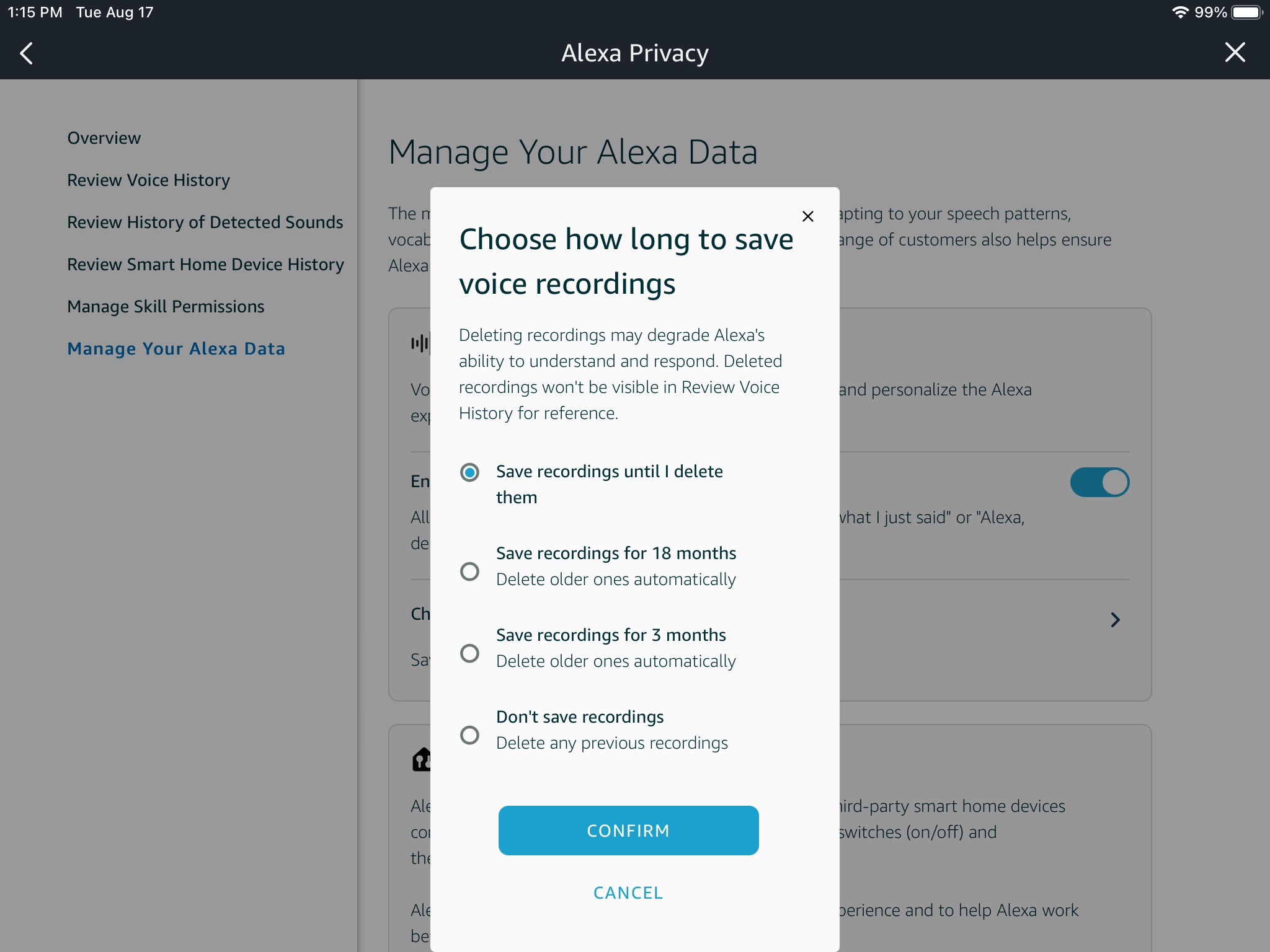
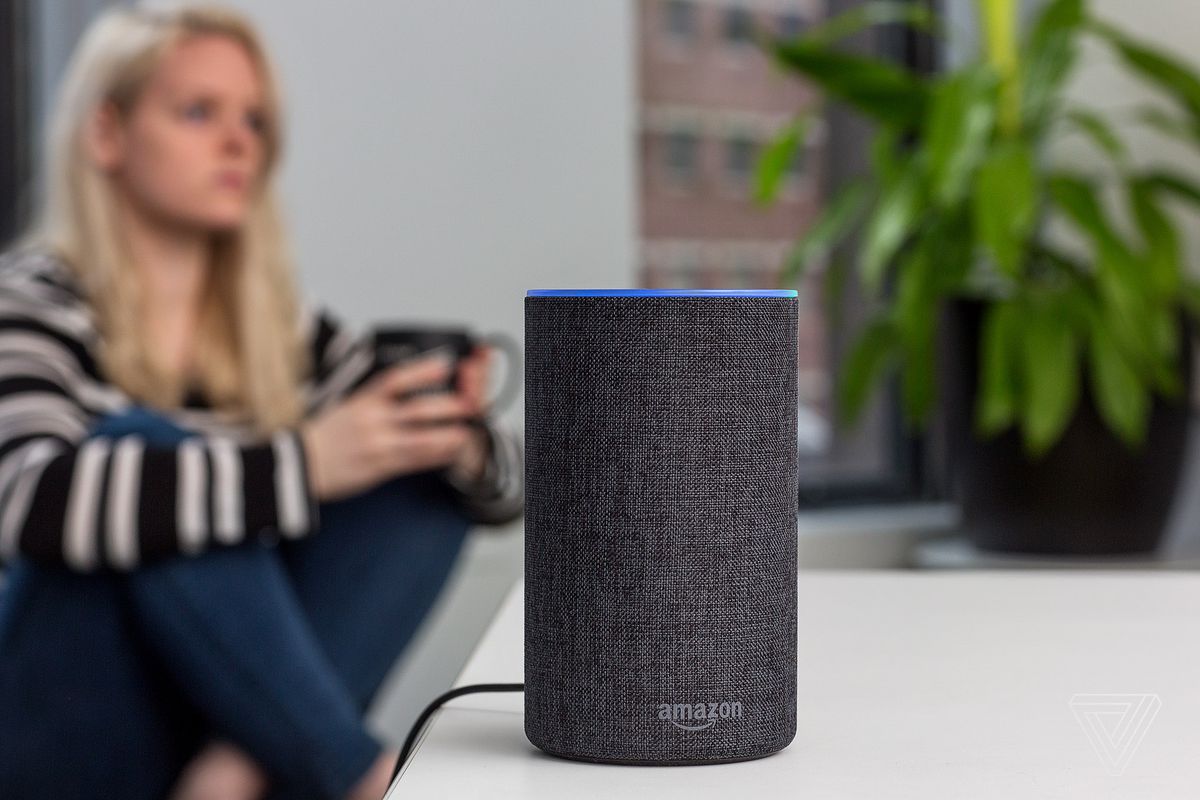
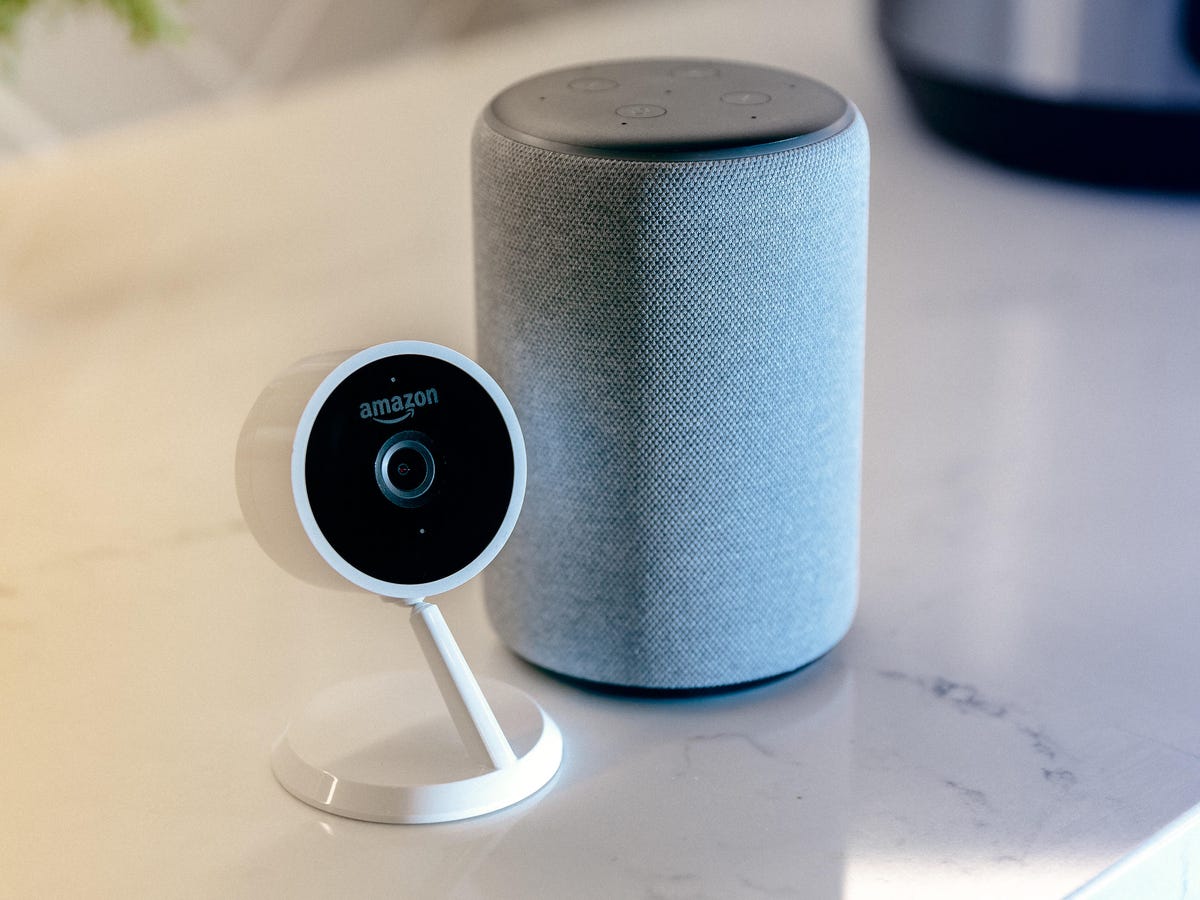
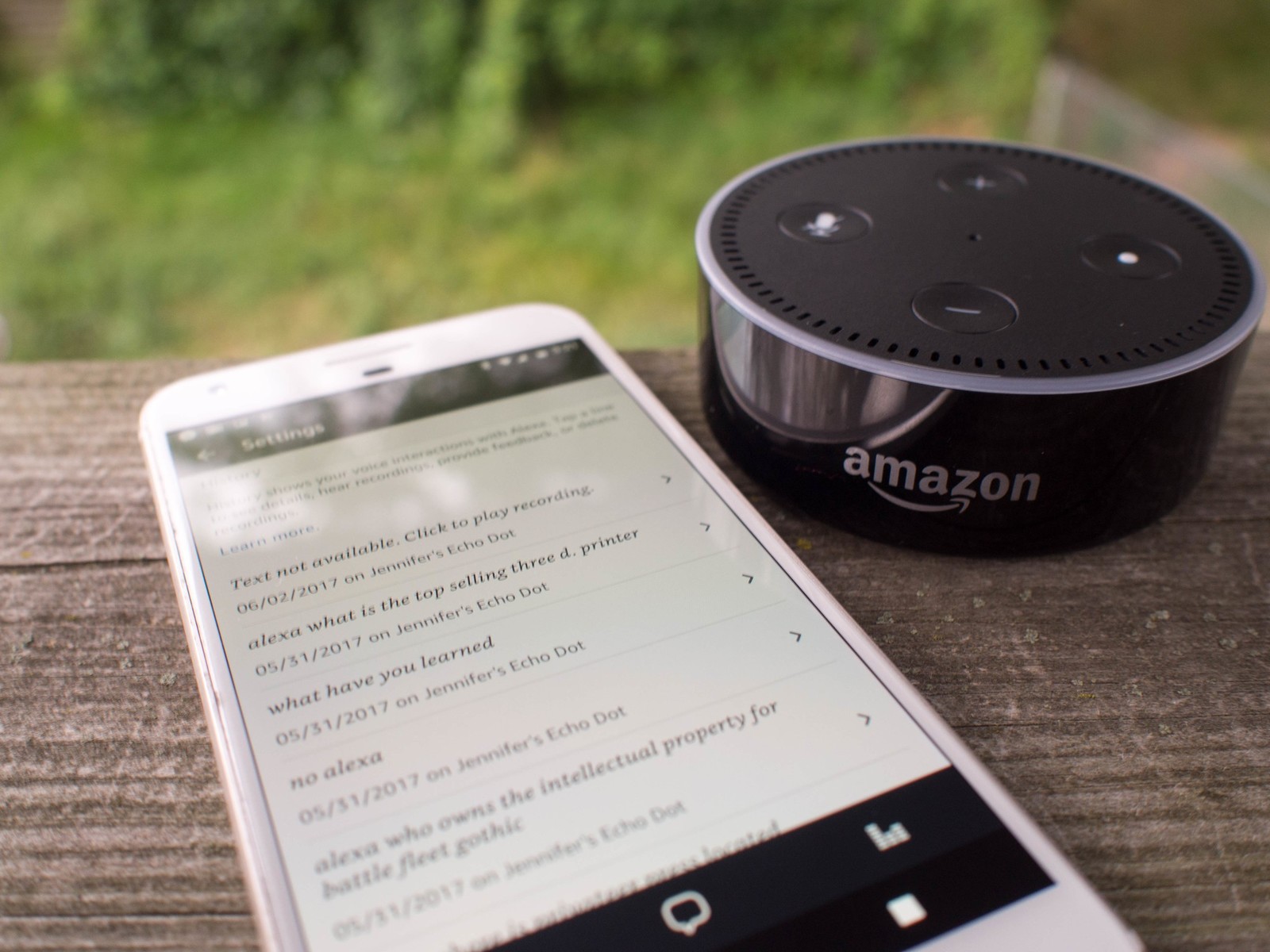
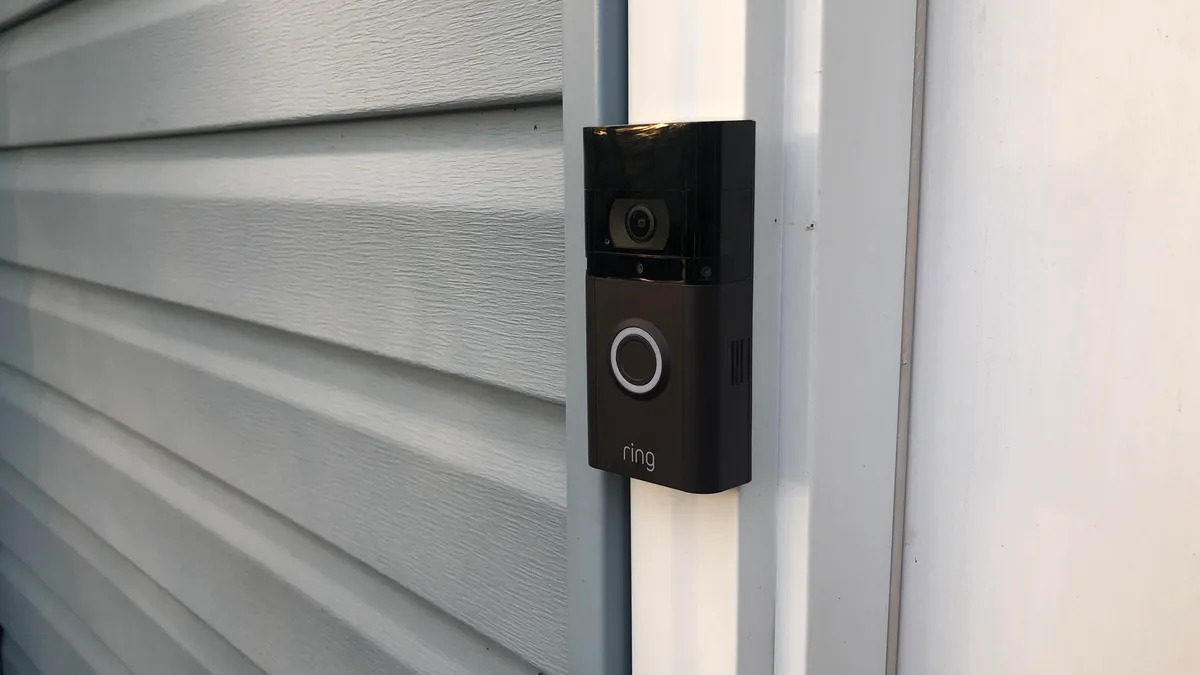
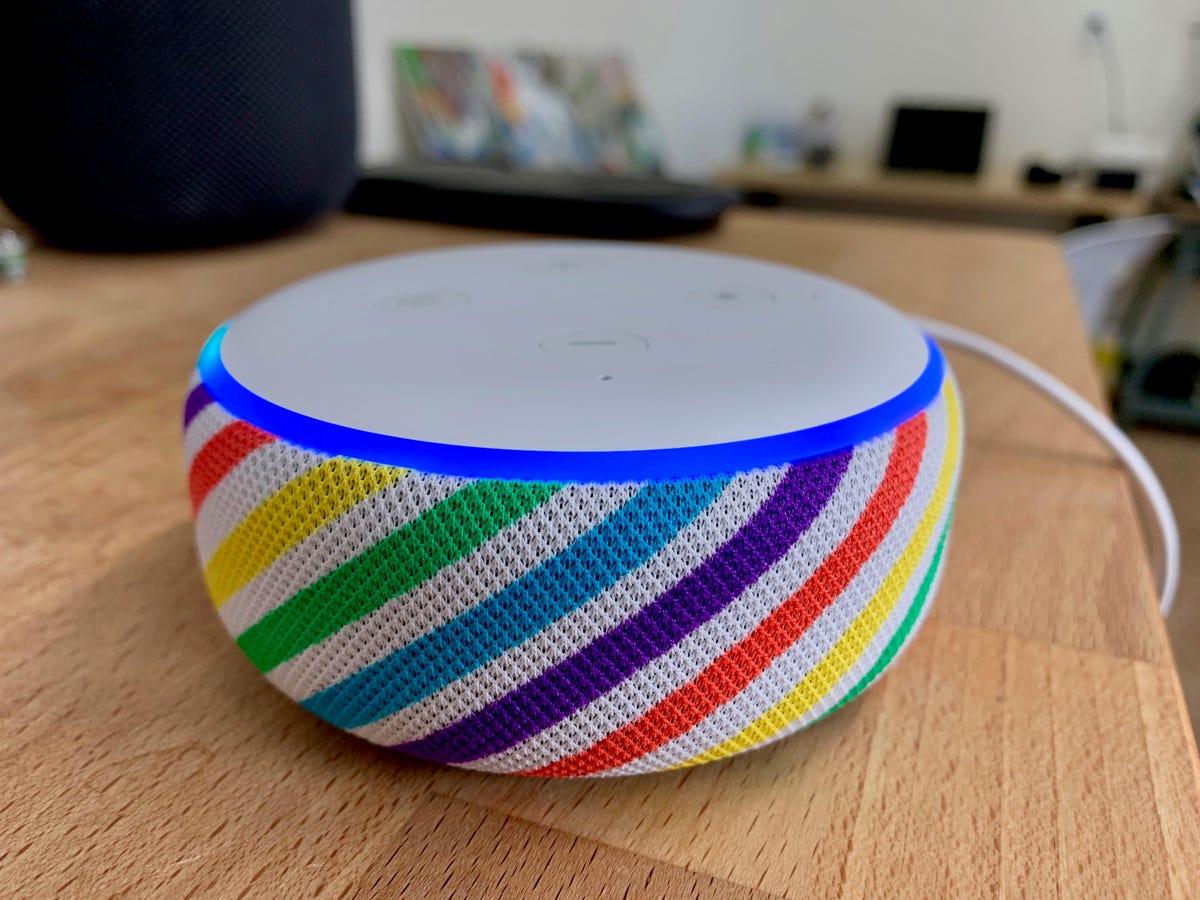
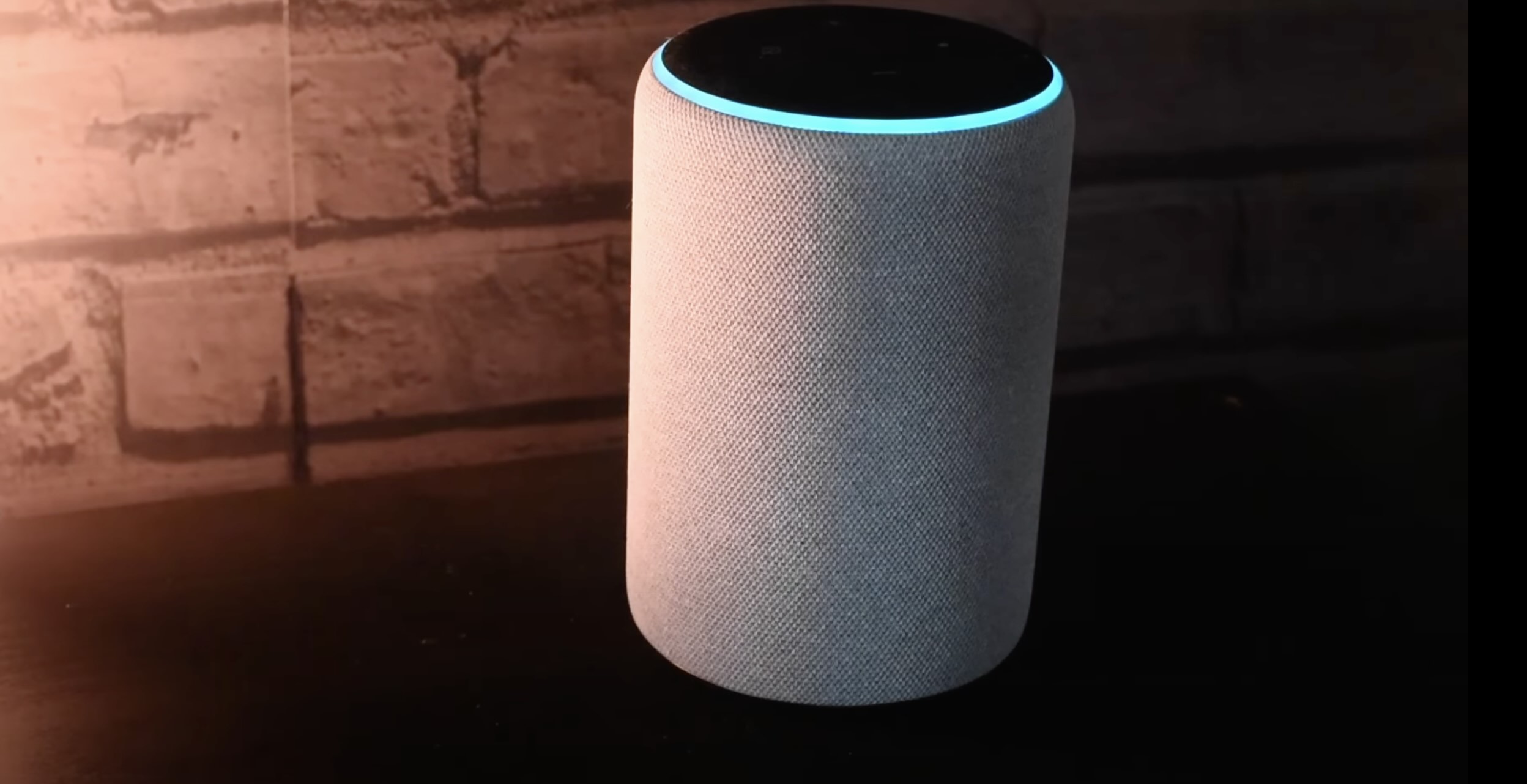

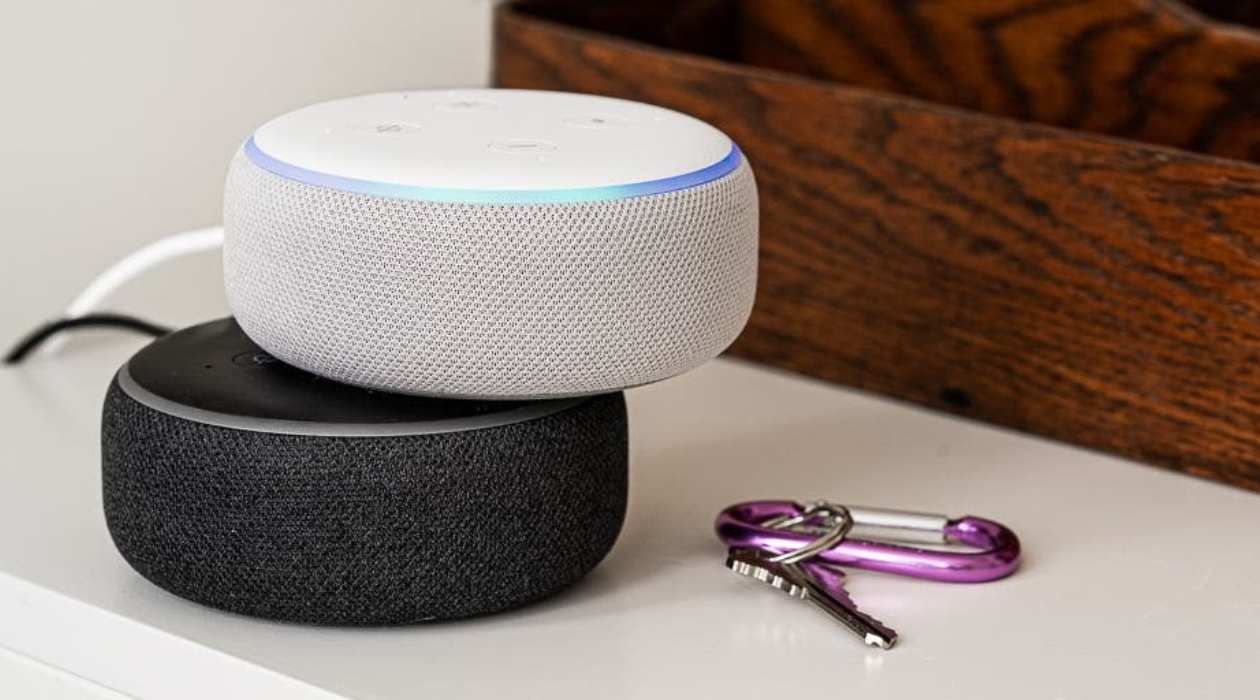
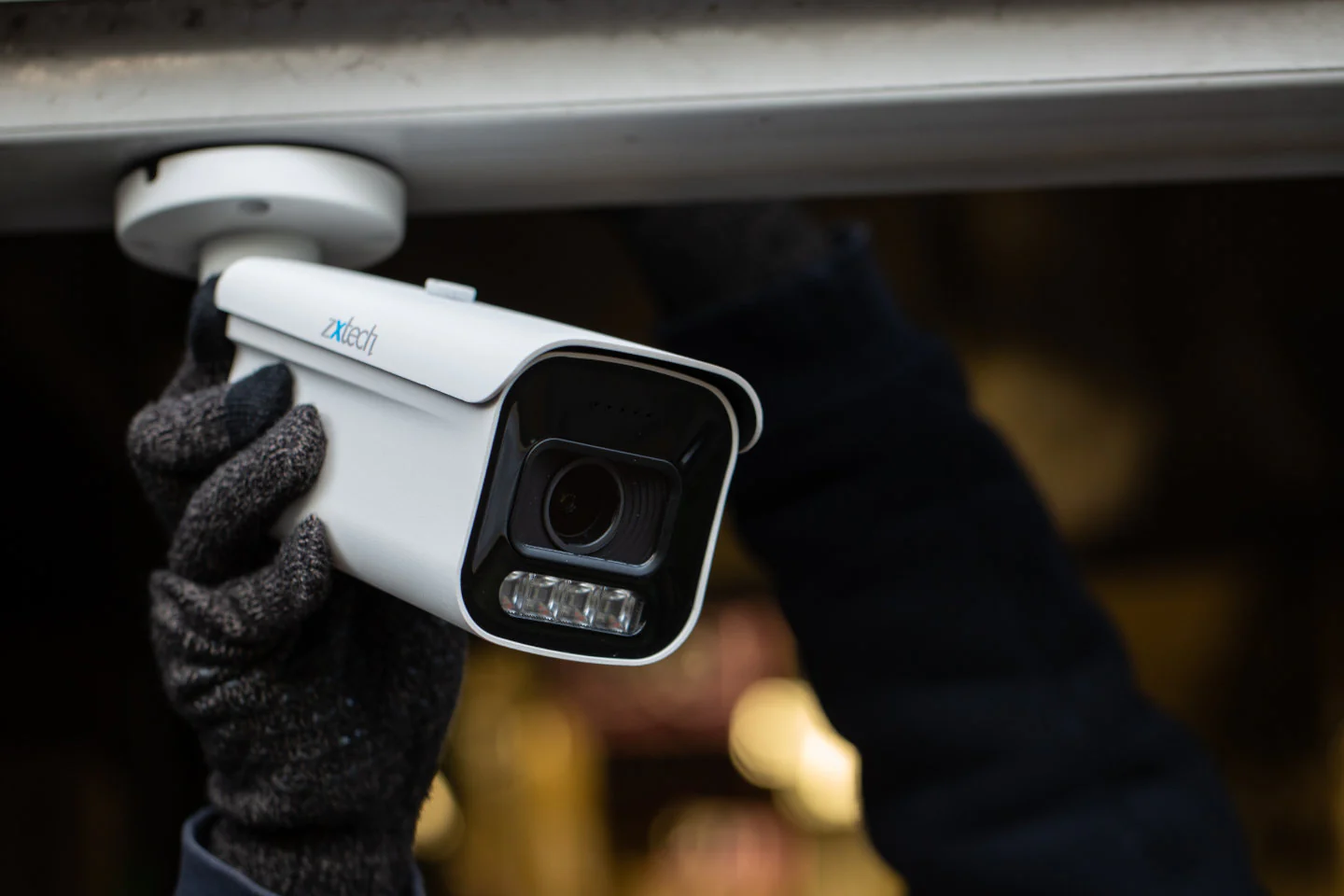
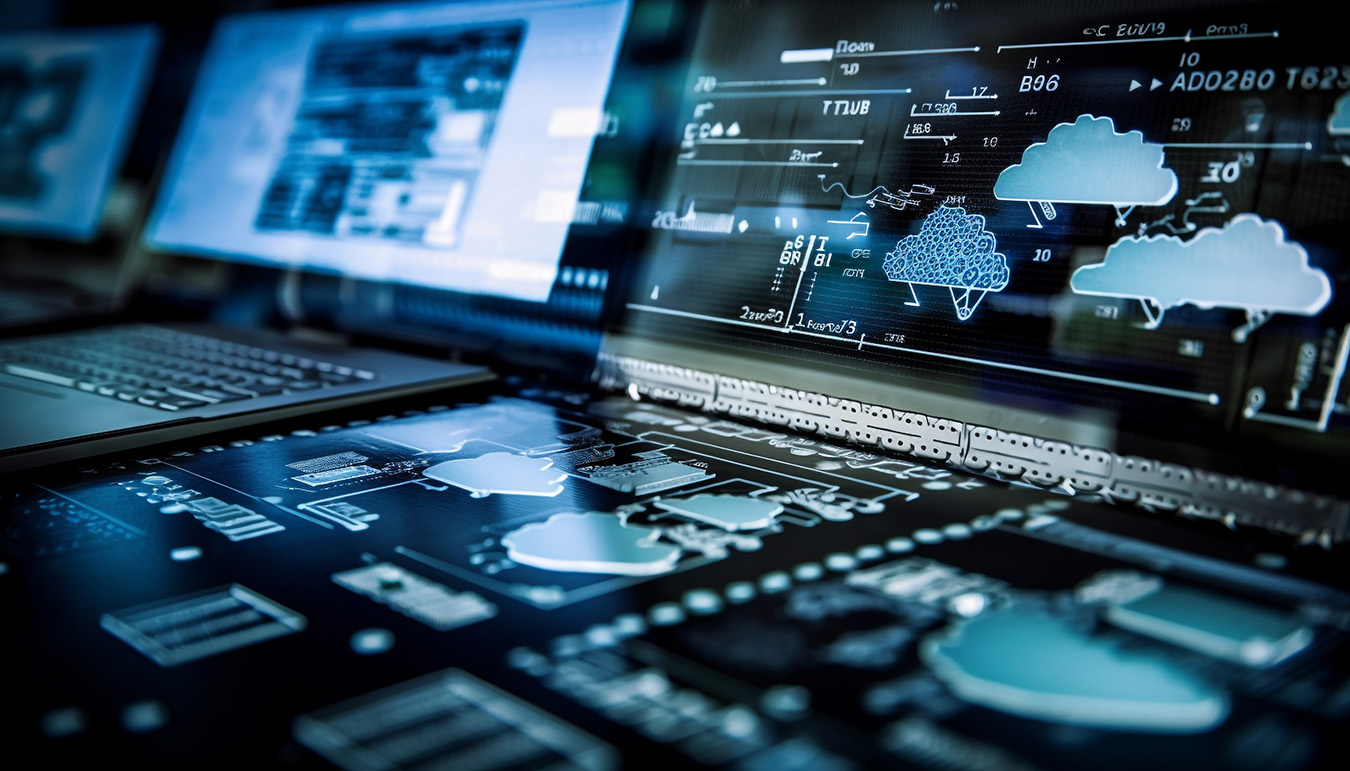
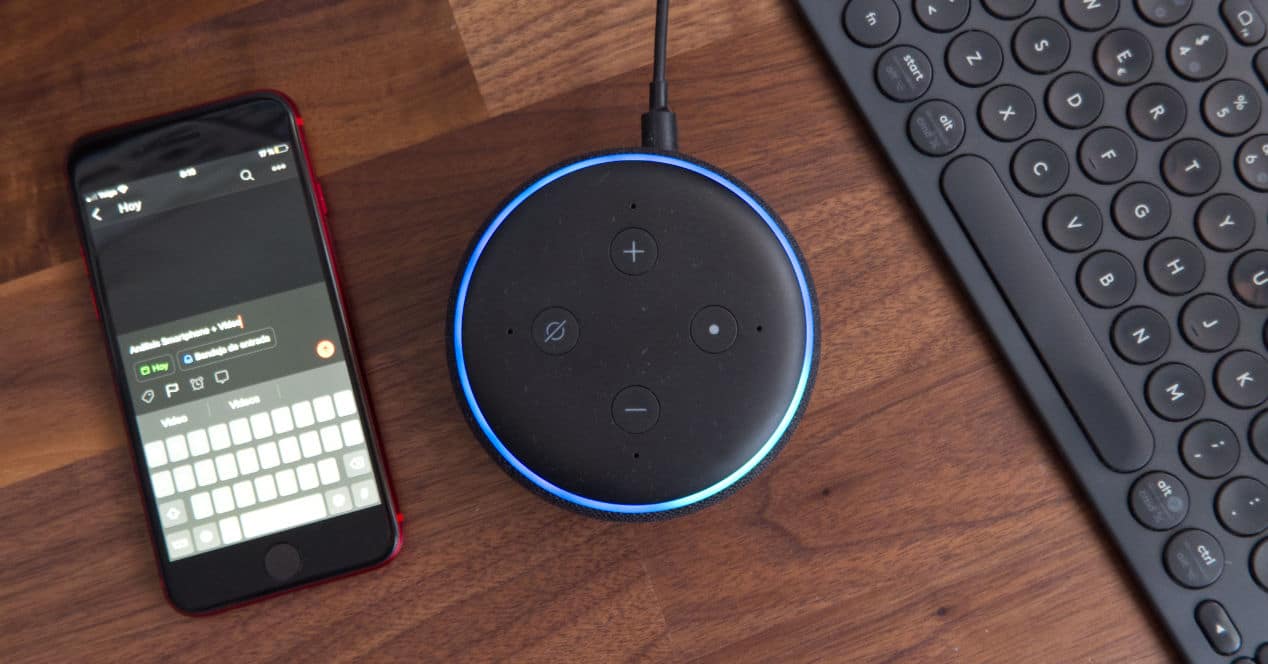
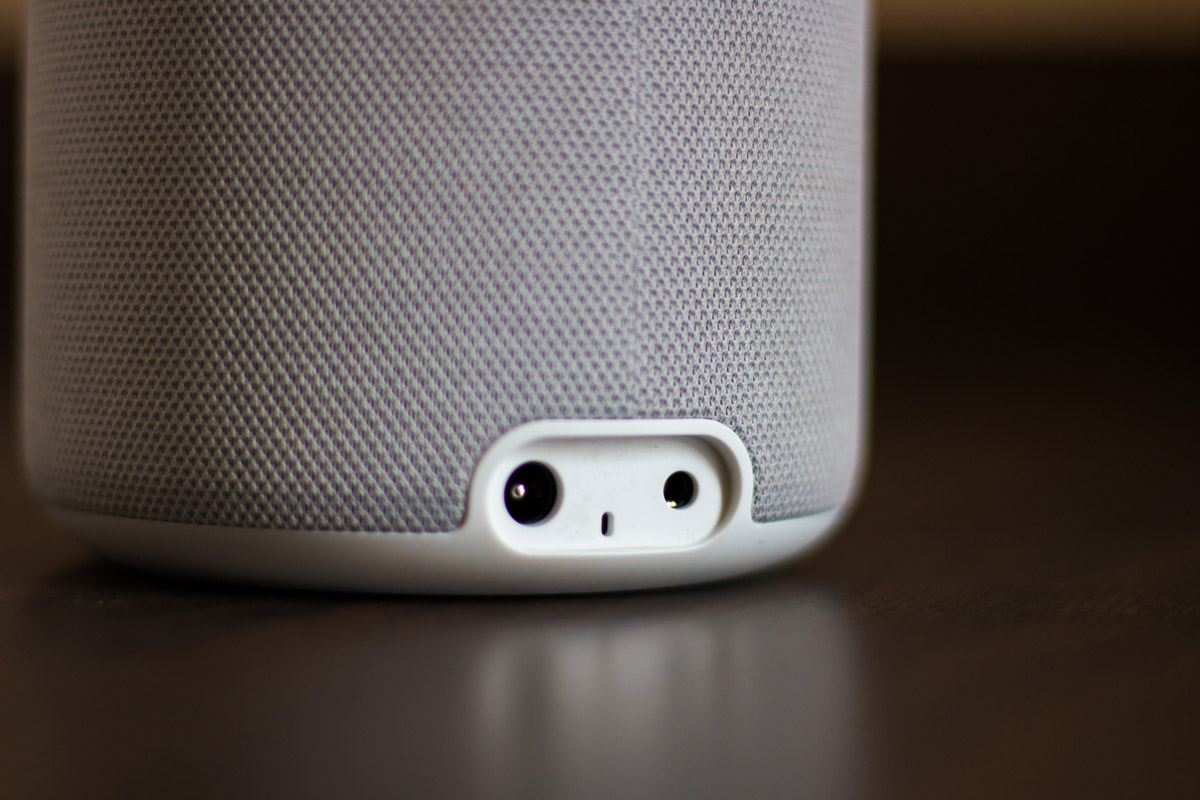
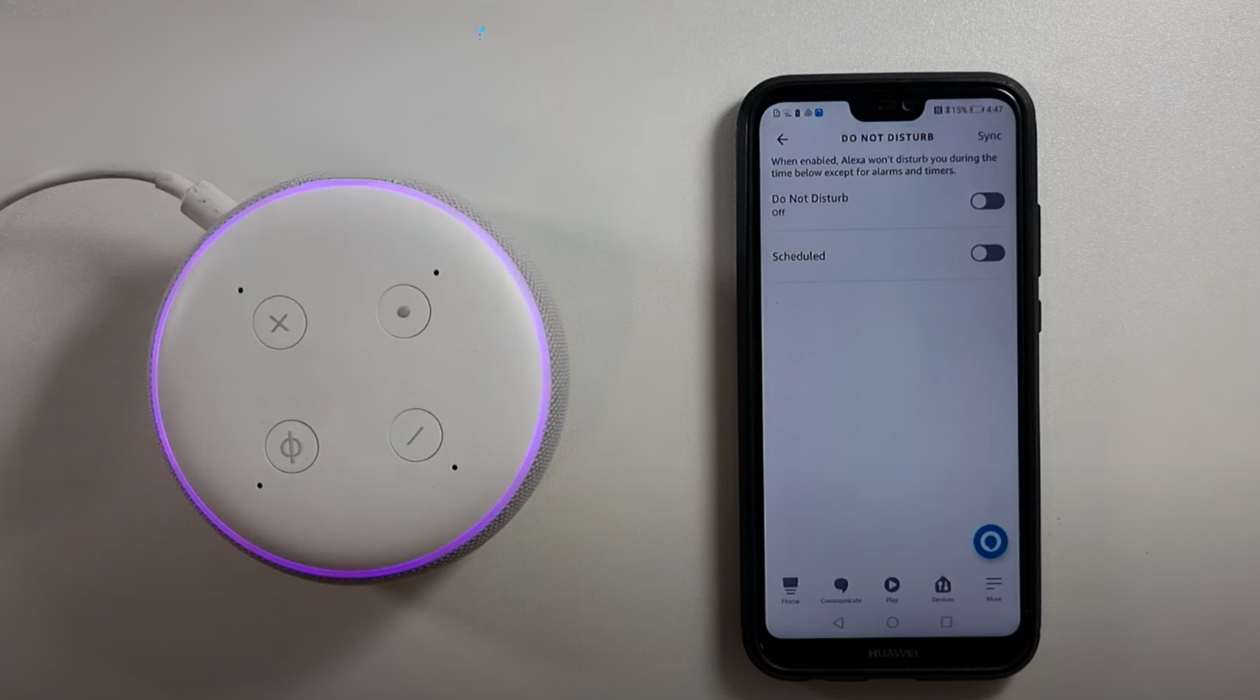

0 thoughts on “What Does Alexa Record”